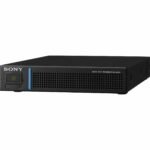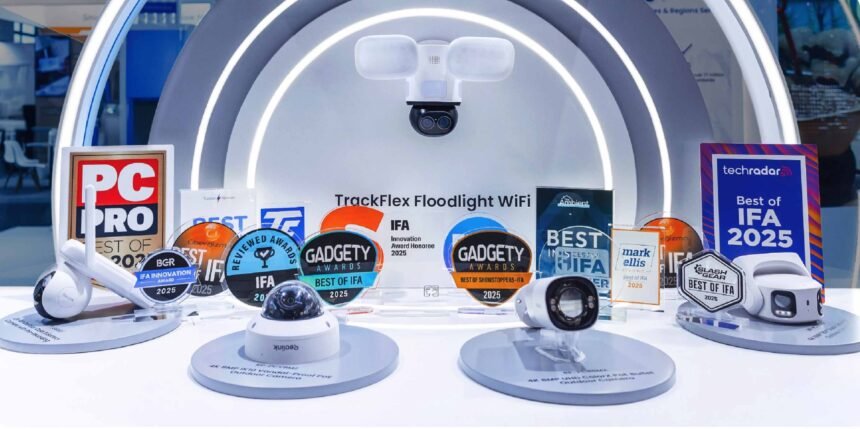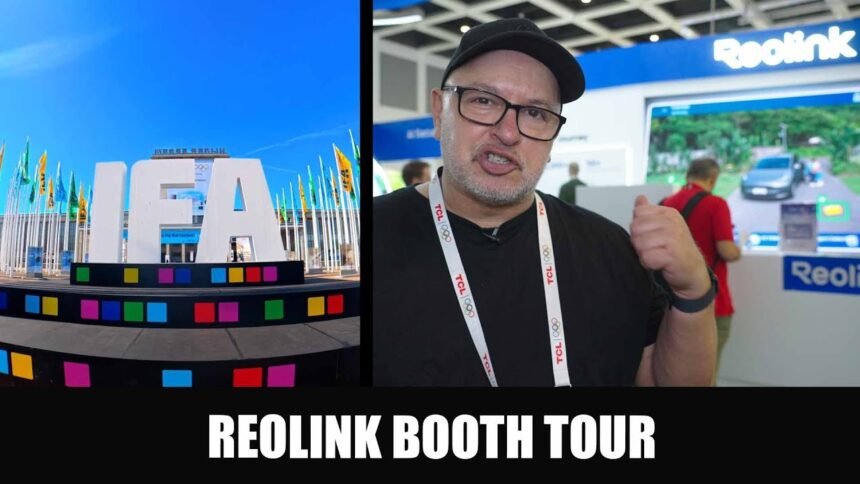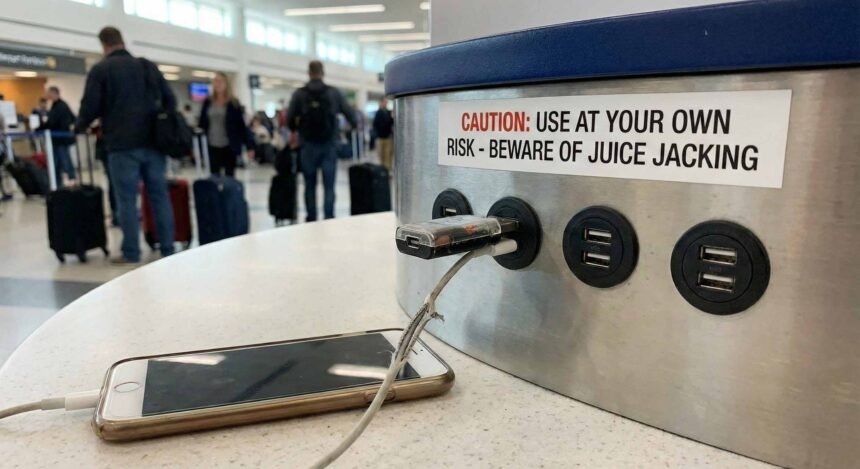Leading broadcast services provider NEP Group has selected Sony NXL-ME80 media edge processors to enhance its production capabilities.
The acquisition of multiple Sony NXL-ME80 processors will also reduce network costs for remote production and transmission across multiple locations across Australia and New Zealand.
It’s the first product to include Sony’s new HEVC Ultra Low Latency encoding technology, combining high compression ratio, very low latency and high picture quality.
The NXL-ME80 is ideal for remote production, enabling the connection of a camera to a venue’s control room. Multiple cameras situated at a venue can also transmit high-quality, ultra-low-latency and low bit rate video to a remote station, thus making remote production more accessible.

“The NXL-ME80 media edge processors are high-quality, multi-channel encoders utilising Sony’s ultra-low latency compression which makes them ideal for live production applications,” said Sam Scally, NEP New Zealand Technology Manager.
“They work with both ST-2110 and SDI interfaces and we are successfully using them on a current remote hub project.”
For the project, NEP is transferring 16 streams from their main live cameras using two NXL-ME80 units on diverse 5Gb links utilising the -7 functionality at 45Mb per stream. The NXL-ME80 units are managed from the NEP hub at both ends.
“The NXL-ME80s form part of a remote production system where we have 13 cricket venues around the country connected back to our Auckland CBD hub facility. We operate on links as low as 1Gb/s,” added Scally.
The NXL-ME80 is part of the Sony Networked Live ecosystem which optimises live production by flexibly utilising on-premise, cloud, hardware or software resources to meet specific requirements.
Acting as a gateway between LAN and WAN, the NXL-ME80’s advanced technology achieves ultra-low latency, high picture quality and low bit rate, resulting in efficient network bandwidth usage for remote production and video contribution, reducing network costs for transmission across multiple locations.
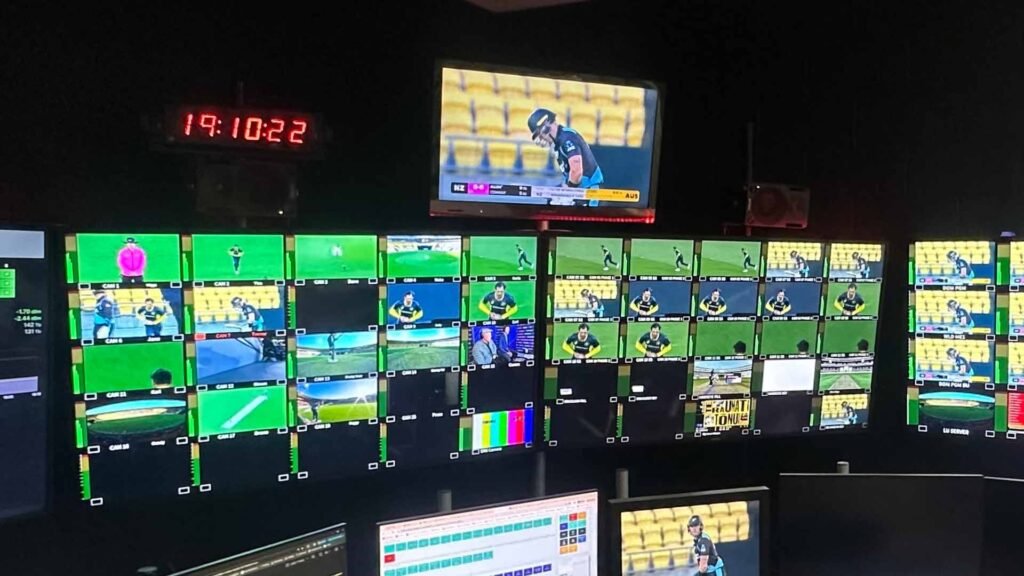
“The NXL-ME80 also supports multiple streams to cater to individual live production requirements efficiently,” said Scally.
“With the capability to convert and compress multiple video channels, content transmission with high picture quality is achievable, even with limited network bandwidth.”
In 4K mode, the NXL-ME80 can handle two channels and up to eight channels in HD mode. The selectable interface of SDI or ST2110 on the LAN side also helps easy installation.
When looking for the NXL-ME80, Scally explained that NEP’s requirements were essentially for a high-quality encoder and decoder that could send signals across a small network pipe while working with a traditional broadcast environment using both SDI and 2110.
“We have been very impressed with the quality of the NXL-ME80, as they enable us to transmit high quality images from remote locations with relatively low bandwidth.”
NEP is using its new NXL-ME80 units in a number of different environments, one of which is covering international and national cricket matches remotely.
“We are sending signals from cameras and third-party providers capturing cricket around the country with SDI out of our existing trucks,” Scally continued.
“They are sent to an NXL-ME80 in our Auckland hub where they are decoded to SDI, then encapsulated to 2110. We are using the ME80s in conjunction with a Sony MLS-X1 switcher.
“By using this workflow, the NXL-ME80 gives us excellent picture quality and they have been very reliable.”

